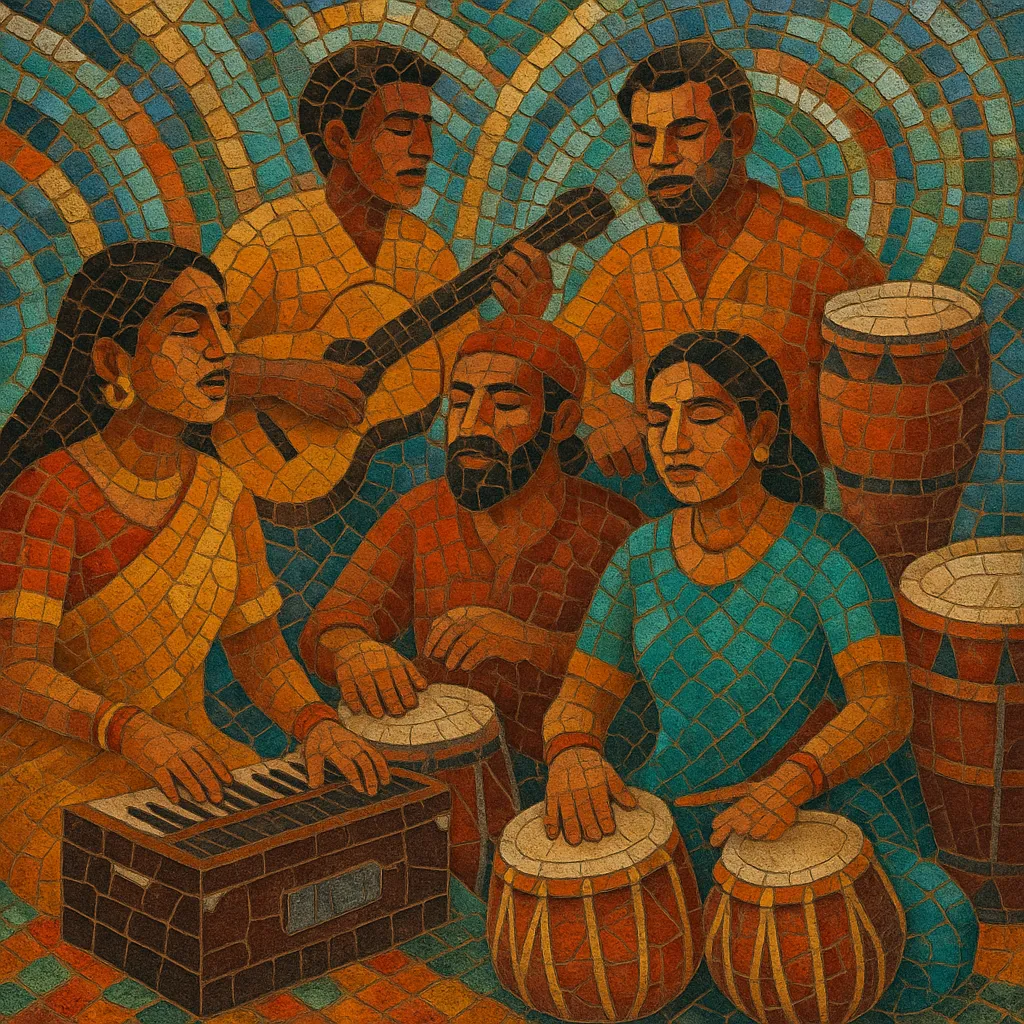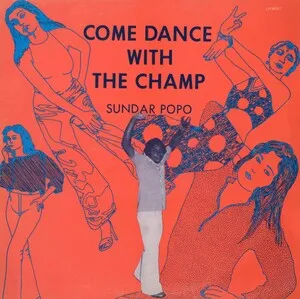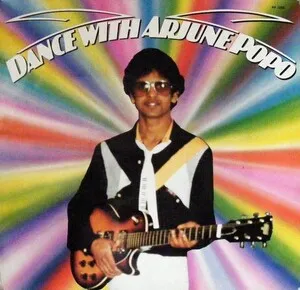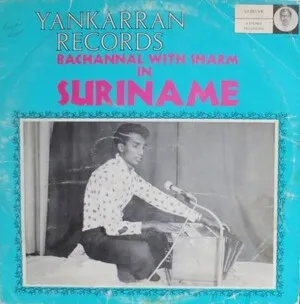
Indo-Caribbean music is the umbrella for the musical traditions and fusions created by descendants of Indian indentured laborers in the Caribbean, especially in Trinidad and Tobago, Guyana, and Suriname.
It blends North Indian folk and devotional practices—Bhojpuri wedding songs, bhajans, chowtal, and light Hindustani classical touches—with Caribbean forms such as calypso and soca, plus regionally developed ensembles like tassa. Typical instrumentation includes harmonium, dholak, dhantal, and tassa drums, often combined with guitar, bass, keyboards, and drum kit. Vocals may be in Trinidadian Hindustani (a Bhojpuri-derived koine), English/Creole, Sranan Tongo, or Dutch, with lyrical themes ranging from weddings and devotion to romance, revelry, diaspora pride, and playful double entendre.
As it entered the recording era and carnival circuits, the tradition evolved into stage-ready hybrids—most famously chutney and chutney soca—without losing its core rhythmic and vocal identity.
After the abolition of slavery, Indian indentured workers arrived in the Caribbean (1838–1917), carrying Bhojpuri folk repertoires, devotional bhajans, light-classical songcraft, and wedding music. In plantation barracks and village yards (baithaks), these practices took root as baithak gana with harmonium, dholak, and dhantal. Parallel to this, tassa drumming—adapted from North Indian tasha/nagara processional traditions—flourished in street processions (including Hosay) and community festivals.
By the early 1900s, a distinct Indo-Caribbean sound-world had formed. Chowtal groups sang antiphonal Holi songs; wedding song sessions (matkor/sohar) and bhajan gatherings structured community life. English/Creole words mixed with Hindustani, and Caribbean grooves subtly colored the Indian rhythmic base as musicians listened to kaiso/calypso and, later, early soca.
The postwar recording boom and radio opened new avenues. In Trinidad and Tobago, Sundar Popo popularized a modern, danceable synthesis—soon labeled chutney—marrying dholak-driven keherwa grooves and Indian melodic idioms to Caribbean song forms and instrumentation. Baithak gana standards were rearranged for stage and studio, while tassa breaks became a signature excitement point.
As soca dominated carnival culture, artists fused chutney and soca into chutney soca—led by figures like Drupatee Ramgoonai and Rikki Jai—bringing tassa rolls, Hindi/English lyrics, and Indo-Caribbean hooks to big stages and competitions. Parallel movements grew in Guyana and Suriname (e.g., Ramdew Chaitoe), with diaspora circuits in North America and the UK sustaining touring and new recordings.
Indo-Caribbean music remains a living continuum—from devotional and wedding repertoires to amplified chutney and chutney soca. Bands integrate guitar-driven soca backlines with harmonium and dhantal, while producers craft glossy carnival singles. The tradition continues to celebrate Indo-Caribbean identity, migration stories, and festive community life.







